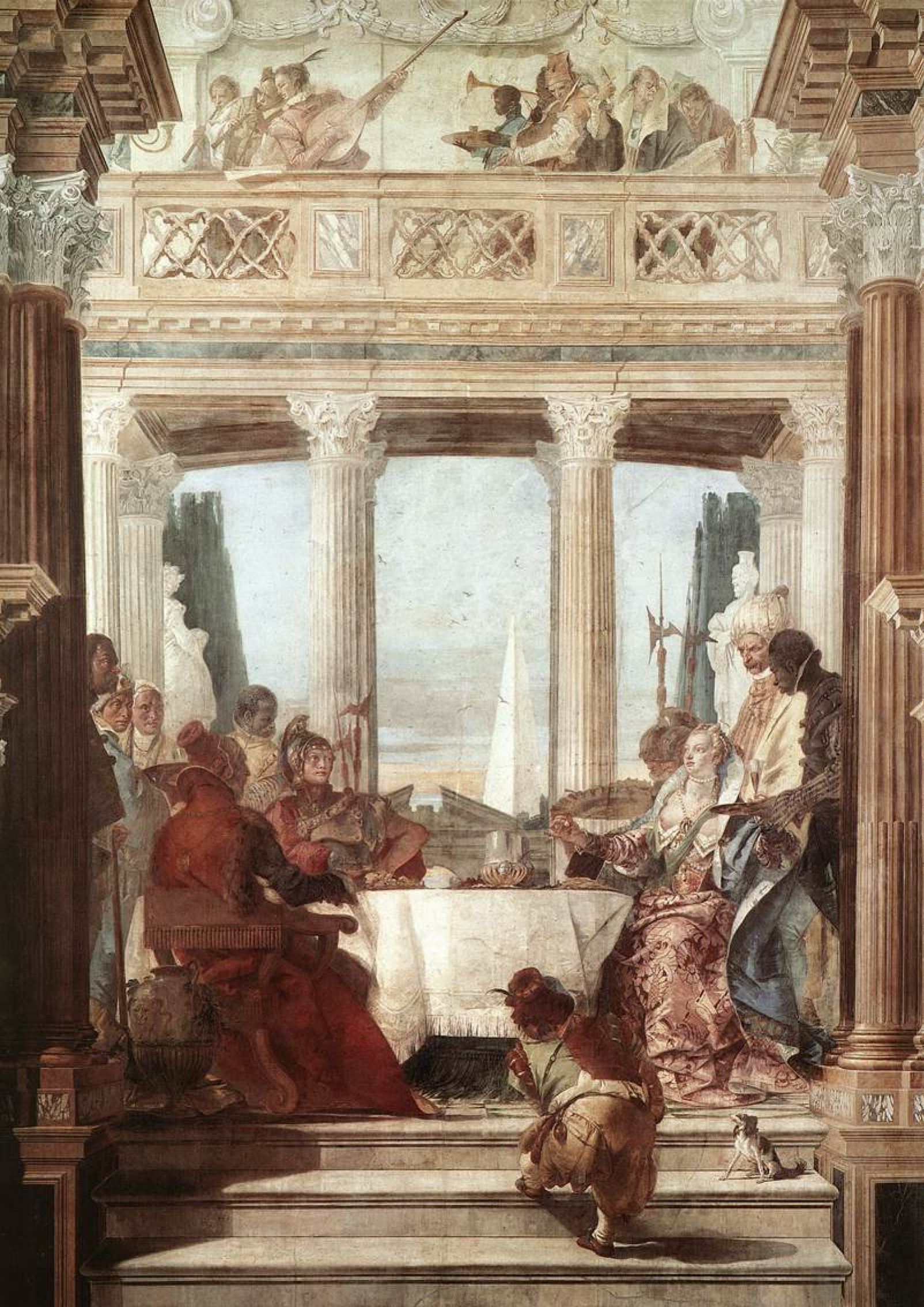5 Famous Artists Who Were Migrants and Other Stories
As long as there have been artists, there have been migrant artists. Like anyone else, they’ve left their homeland and traveled abroad for many...
Catriona Miller 18 December 2024
Mainland Italy is a perfect country for fresco production since it is dominated by a dry climate that preserves frescoes very well. Even though Venice is more humid, some Venetian artists were also famous for their frescos. You probably know the biggest oil names of Venice: Titian, Tintoretto, and Bellini brothers… But do you know the master of oils and frescoes, Giovanni Battista Tiepolo, who was the last big name of Venetian painting?
Venice had not seen a grand painter for a century. After the death of Veronese in the 16th century, it was Tiepolo, born in 1696, who brought it into the spotlight again. He studied in Venice, taking advantage of its rich artistic heritage, and started a career in painting in oils.

The local patriciate quickly realized how talented he was- everyone wanted to have a Tiepolo in their palazzo. And since Venice likes to show off, these works had to be BIG. Tiepolo started to accept commissions for large projects decorating enormous surfaces. He turned to frescoes to cover ceilings or entire walls in private houses and churches. The compositions were allegorical and historically impressed with the lively color, charming chiaroscuro, and verisimilitude.

Having decorated Venice, Tiepolo was invited abroad. In 1750 he received a commission from a Würzburg bishop to decorate his dining room. Having completed the project, the bishop wanted to keep him for longer and asked him to paint his stairwell. It took three years to complete both jobs and immediately after the completion, Tiepolo returned to his beloved Venice. Today he is considered the master of Venetian Rococo.
DailyArt Magazine needs your support. Every contribution, however big or small, is very valuable for our future. Thanks to it, we will be able to sustain and grow the Magazine. Thank you for your help!